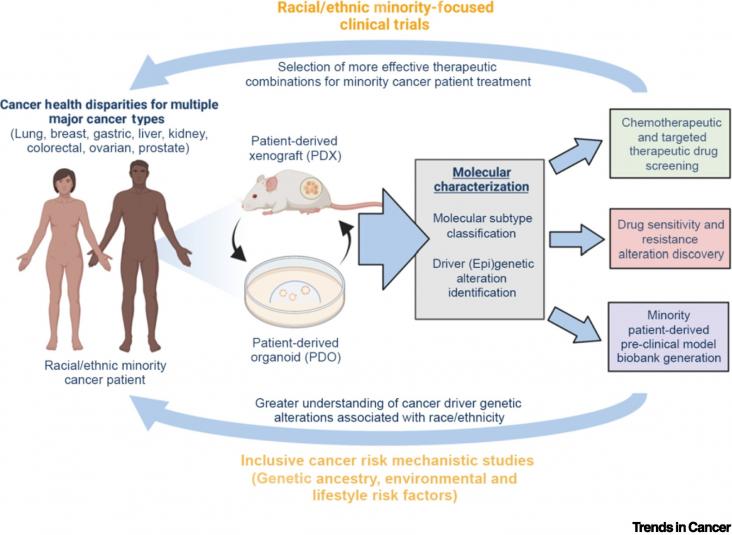Background: India has a high COVID-19 burden. The Indian government responded to the pandemic by mandating its population to adhere to certain Protective Measures (PMs).
As evidence of the health impacts of transportation investments has grown, planners have increasingly used health impact assessments (HIAs) to evaluate transportation plans, projects, and policies.
Latin America has been particularly hard hit by the COVID-19 syndemic, including the associated economic fallout that has threatened the livelihoods of most families.
Background: Menstrual health is essential for gender equality and achieving the sustainable development goals.
This research paper shows that a widely used tool might generate substantially divergent cardiovascular disease risk estimates for Black versus White individuals with identical risk profiles, which could introduce race-related variations in clinical recommendations for cardiovascular disease prevention.
This study supports SDG 3 and 10 by identifying multiple structural and normalisation biases in maternity care in the UK that disproportionately affected Black and minority ethnic women who died while receiving maternity care, including lack of nuanced care; microaggressions; and cultural, social, and clinical complexities in the care received.
Fruits and vegetables are responsible for about 22% of food losses and wastes along the supply chain (not including the retail level).
Proteins serve as an imperative macronutrient in human nutrition and well-being.
This Personal View supports SDGs 3 and 6 by suggesting a scale-specific approach in which agricultural water use is embedded in a larger systems approach to allow the design of effective incentives to change and optimise agricultural water use.

